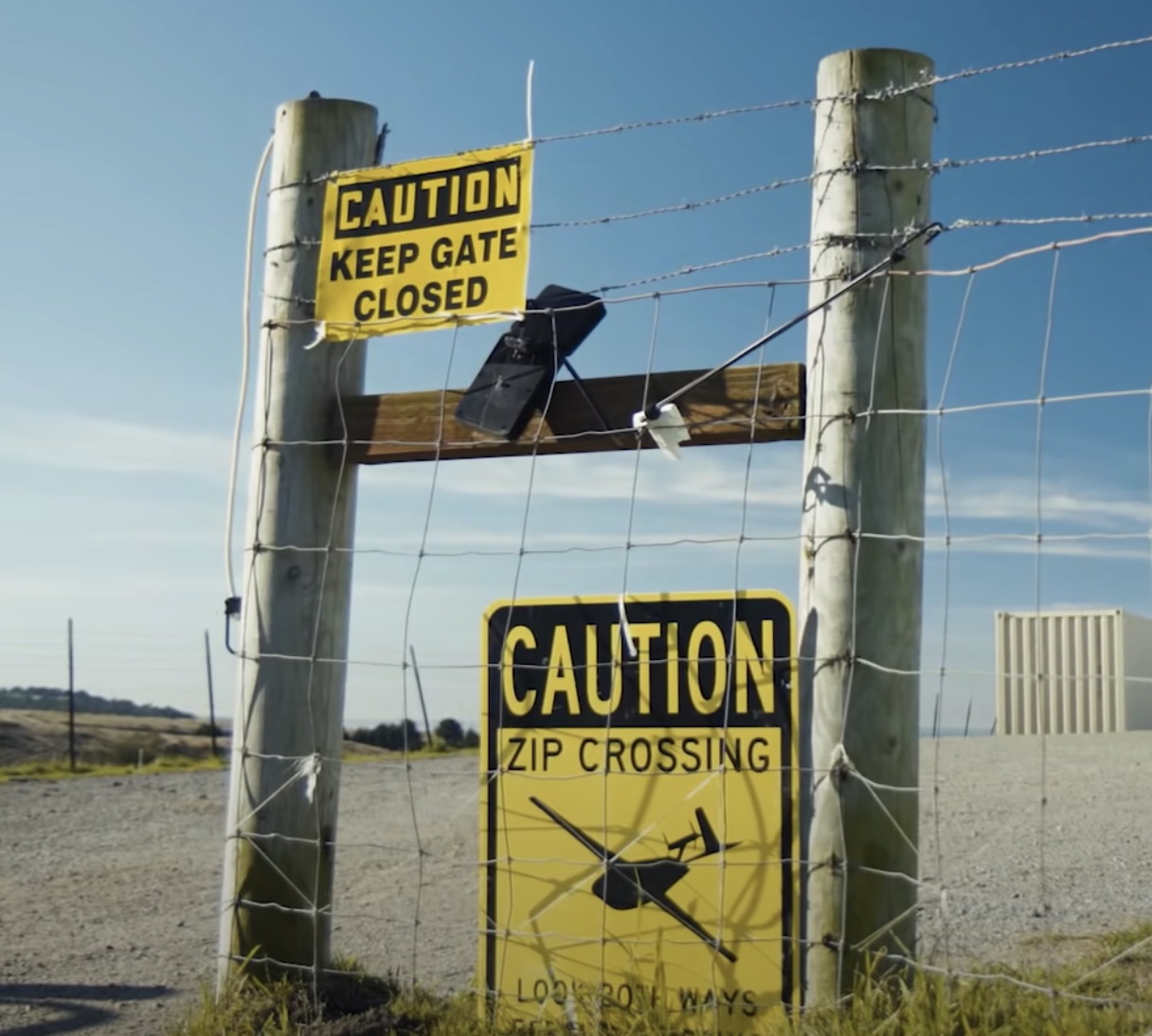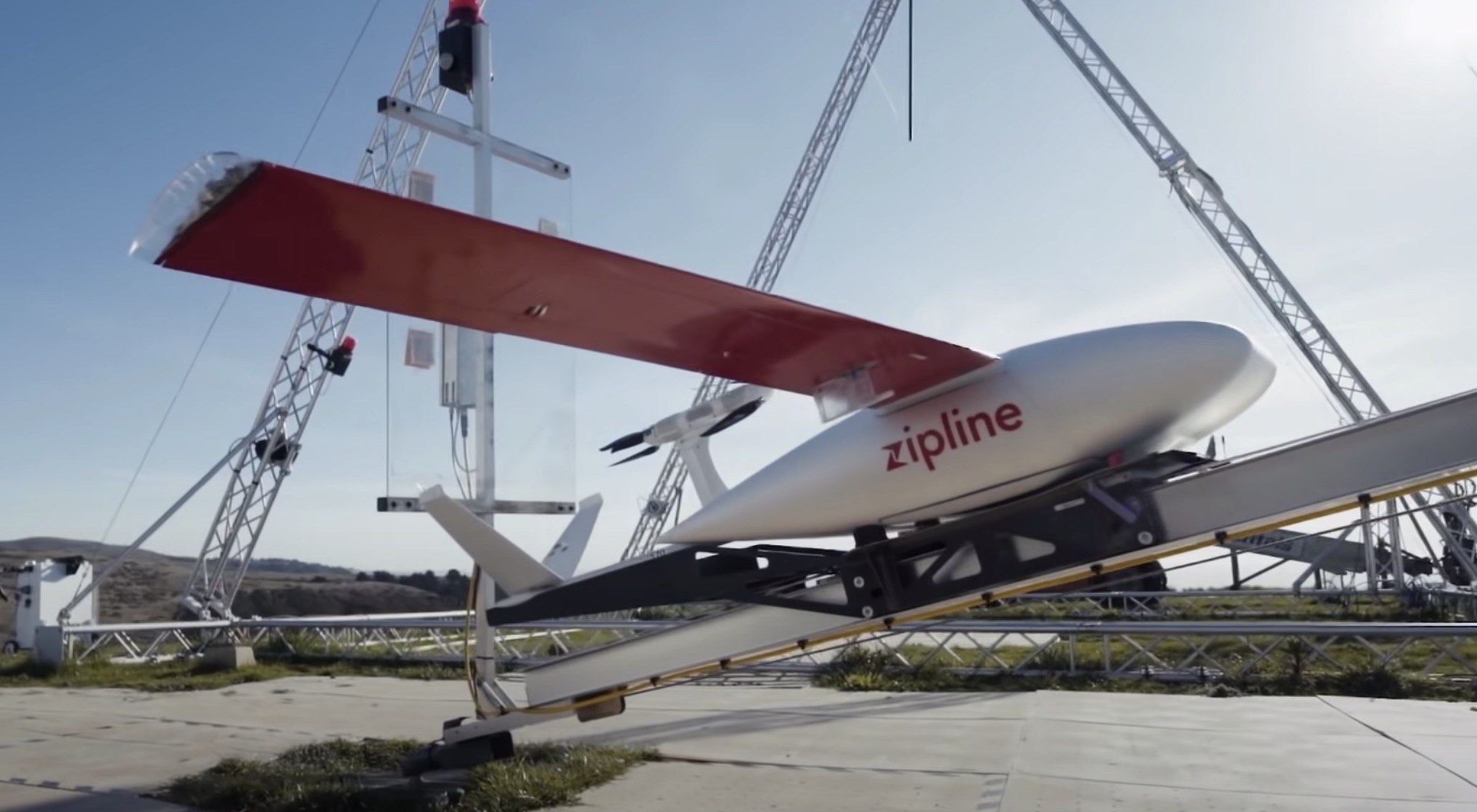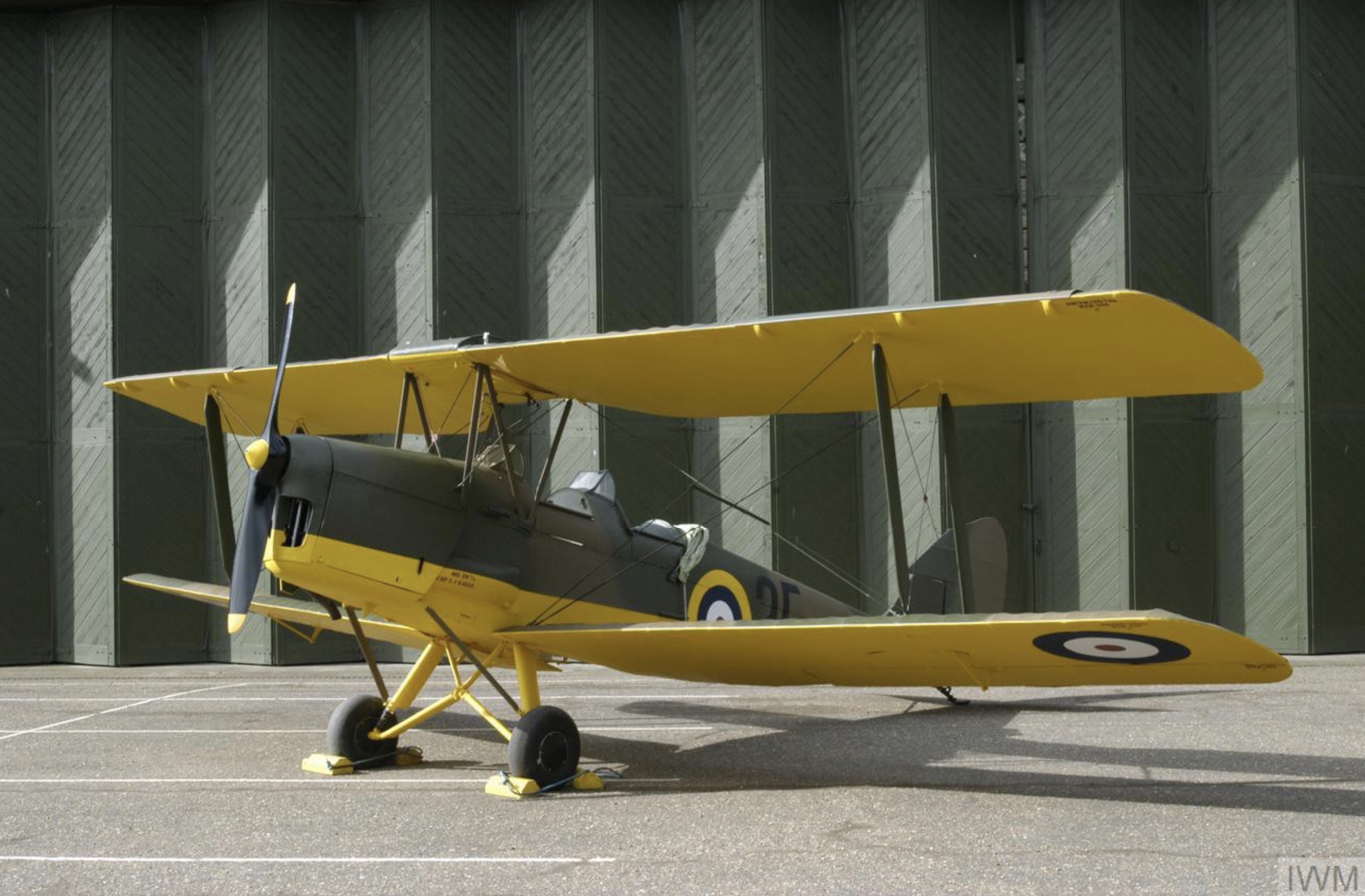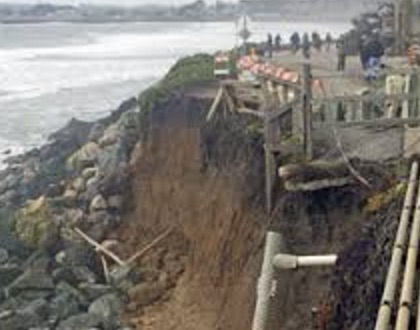|
Getting your Trinity Audio player ready...
|
VIDEO. Zipline has designed 7 generations of drones in 5 years:
“Instantly anywhere. Zipline delivers vital shipments via the fastest, most reliable autonomous aircraft delivery service in the world.”
Video from Seeker You Tube channel.
Thanks to Coastside Buzz follower, Celina Lopez, for the link.
More on Seeker on Drones
Seeker 4.87M subscribers
MightyFly Drone Performs Tethered Test Flights at HMB Airport; Good For Disaster Deliveries?
MightyFly Drone Company at the Half Moon Bay Airport.
You may have noticed some drone activity at the Half Moon Bay Airport lately.
This is MightyFly, currently performing controlled and tethered test flights at the Half Moon Bay airport under the approval of both the Federal Aviation Administration and the Half Moon Bay airport.
What is MightyFly?
MightyFly is developing the future of logistics, freeing the flow of goods from flat 2D constraints into using the open 3D airspace all around us.
MightyFly aims to improve expedited deliveries by making them faster, more affordable, and eco-friendly.
With its autonomous vertical take-off and landing cargo aircraft capable of carrying up to 500lbs across a 600 mile range, MightyFly is ensuring that goods from urgent medical supplies to everyday items can be shipped safely and efficiently.
Learn more here: https://mightyflying.com/.
Expedited Delivery Service
- Low Cost
- Carbon Neutral
- High Speed: 150 mph
- Long Range: 600 miles
- Large cargo capacity: 500lbs, Small 100lbs
- Multi Package
- Zero infrastructure
- Rapid Deployment
Hybrid VTOL Unmmaned Aircraft
- Fully Autonomous
- Electric Vertical Takeoff And Landing
- Long Range
- Safe
- Reliable
Instant access to goods
From the Imperial War Museum website.
Click for historical drone pictures.
Unmanned aerial vehicles (UAVs) are aircraft with no on-board crew or passengers. They can be automated ‘drones’ or remotely piloted vehicles (RPVs). UAV’s can fly for long periods of time at a controlled level of speed and height and have a role in many aspects of aviation.
The first pilotless vehicles were developed in Britain and the USA during the First World War. Britain’s Aerial Target, a small radio-controlled aircraft, was first tested in March 1917 while the American aerial torpedo known as the Kettering Bug first flew in October 1918. Although both showed promise in flight tests, neither were used operationally during the war.
During the inter-war period the development and testing of unmanned aircraft continued. In 1935 the British produced a number of radio-controlled aircraft to be used as targets for training purposes. It’s thought the term ‘drone’ started to be used at this time, inspired by the name of one of these models, the DH.82B Queen Bee. Radio-controlled drones were also manufactured in the United States and used for target practice and training.
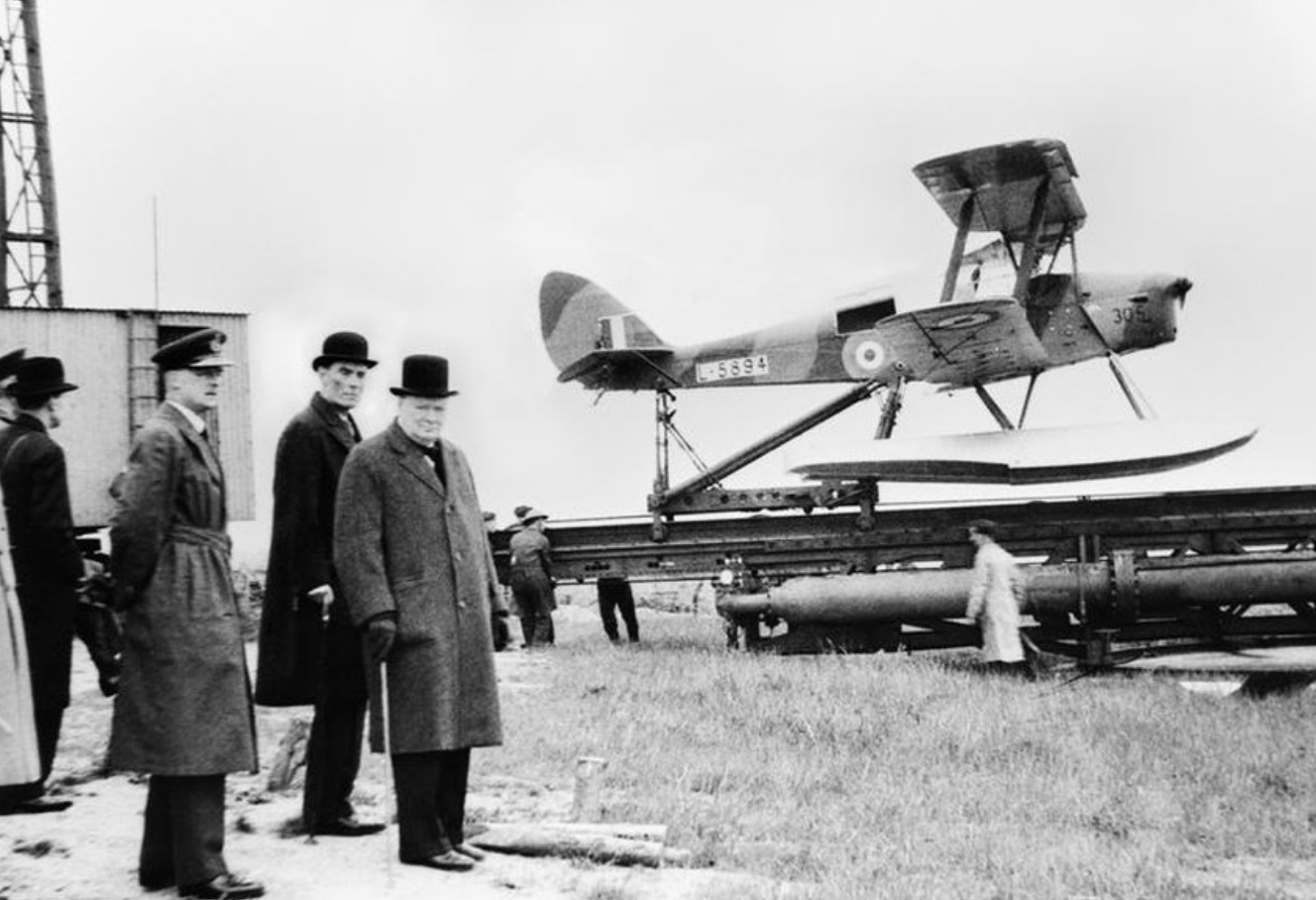
Reconnaissance UAVs were first deployed on a large scale in the Vietnam War. Drones also began to be used in a range of new roles, such as acting as decoys in combat, launching missiles against fixed targets and dropping leaflets for psychological operations.
Following the Vietnam War other countries outside of Britain and the United States began to explore unmanned aerial technology. New models became more sophisticated, with improved endurance and the ability to maintain greater height. In recent years models have been developed that use technology such as solar power to tackle the problem of fuelling longer flights.
Drones now have many functions, ranging from monitoring climate change to carrying out search operations after natural disasters, photography, filming, and delivering goods. But their most well-known and controversial use is by the military for reconnaissance, surveillance and targeted attacks. Since the 9/11 terrorist attacks, the United States in particular has significantly increased its use of drones. They are mostly used for surveillance in areas and terrains where troops are unable to safely go. But they are also used as weapons and have been credited with killing suspected militants. Their use in current conflicts and over some countries has raised questions about the ethics of this kind of weaponry, especially when it results in civilian deaths, either due to inaccurate data or because of their proximity to a ‘target’.



